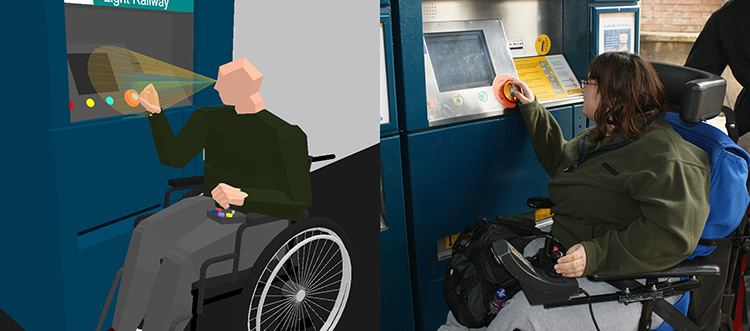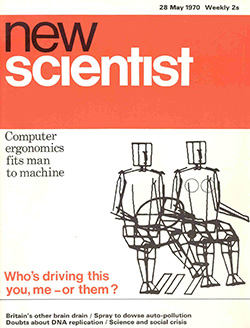AUNT-SUE
AUNT-SUE was an EPSRC funded research consortium project consisting of members from: Loughborough University, London Metropolitan University, University College London as well as the RNIB, and local borough authorities.
The project began in Autumn 2004 and primarily aimed at developing methodologies for sustainable policies and practices to deliver socially inclusive design and operation of public transport. Problems with exclusion can occur in many ways and at many levels. Such that an individual may be excluded through poor signage or poor design of a ticketing machine. The exclusion may come from a particular product issue (ticket machine, bus, ramp etc.), from an operational issue (poor timetabling etc.), or from a service issue (too expensive, transport doesn't actually go where we want to get to). Thus we have exclusion in various ways: spatial, temporal, financial and personal. The AUNT-SUE project aimed to understand the problems with these forms of exclusion and to develop appropriate means of addressing them.
Loughborough University and SAMMIE CADs involvement in this area was through the development and enhancement of the HADRIAN system to incorporate public transport tasks.
HADRIAN (Human Anthropometric Data Requirements Investigation and ANalysis) is an ergonomics design tool originally developed as part of an EPSRC funded three year project into 'Design for All'. Developed by the Design Ergonomics Group at Loughborough University, HADRIAN addresses the shortcomings with existing anthropometric data especially for individuals with very specific capabilities and needs such as those who are older or disabled. In addition HADRIAN also provides a means of exploiting this data for task analysis and a means of gaining user-trial type feedback during concept design through integration with SAMMIE.

Task based evaluations based on behavioural data from real people
HADRIAN's novel multivariate database contains data on anthropometry, joint mobility, reach volumes, and posture-based task capabilities for 100 people. These 100 people, the majority of whom are older or disabled are maintained as individual data sets. These data sets can then be used to inform design decisions by highlighting the capability issues of individuals within the population.
Through its integration with SAMMIE, HADRIAN supports practitioners in assessing the accessibility of a design with the 100 individuals in the database. The analysis results in a percentage excluded giving a representation of the number of people who would be unable to perform the task with the given design. In addition to highlighting who was not accommodated, the system also indicates why the lack of accommodation occurred and allows the designer to iterate their design and explore adjustments to increase accessibility.
Further information on AUNT-SUE and HADRIAN can be found here: www.aunt-sue.org.uk






